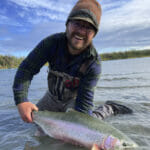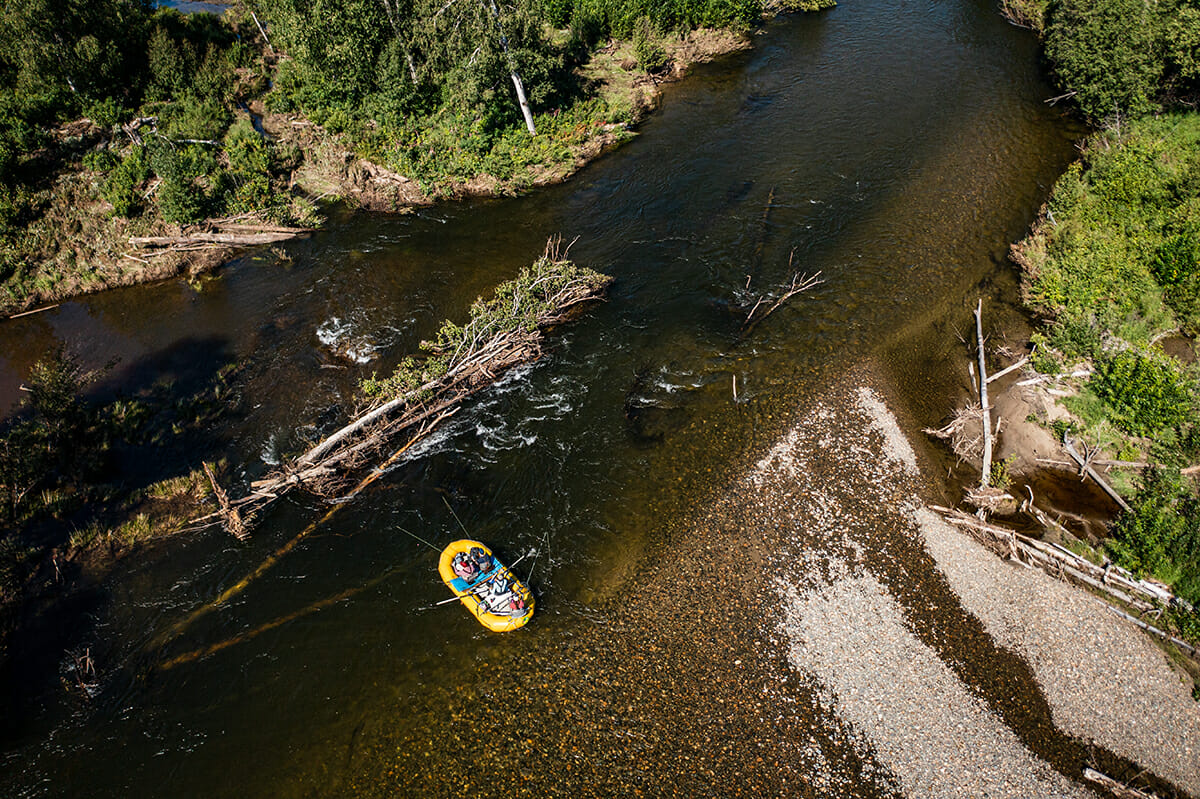One year after passage of the historic law, we’re getting to work on our waters
This week marks the one-year anniversary of perhaps the most important piece of conservation legislation in a generation. A substantial portion of the Bipartisan Infrastructure Law’s $1.2 trillion in funding is being invested in our natural infrastructure, into our waters and forests, into wildfire and drought prevention, and into ensuring our economy and communities are resilient in the face of a rapidly changing climate.
Before this, investments in restoration at this scale were unheard of. Although TU has long recognized we need to work at the watershed scale, funding limitations too often required us to piece together projects over a period of several years to accomplish that goal. With the Bipartisan Infrastructure Law, or BIL, we’re able to plan across entire landscapes and on whole watersheds in a single go.
With the help of legions of dedicated volunteers and a large and growing network of partners, we are transforming the world around us.
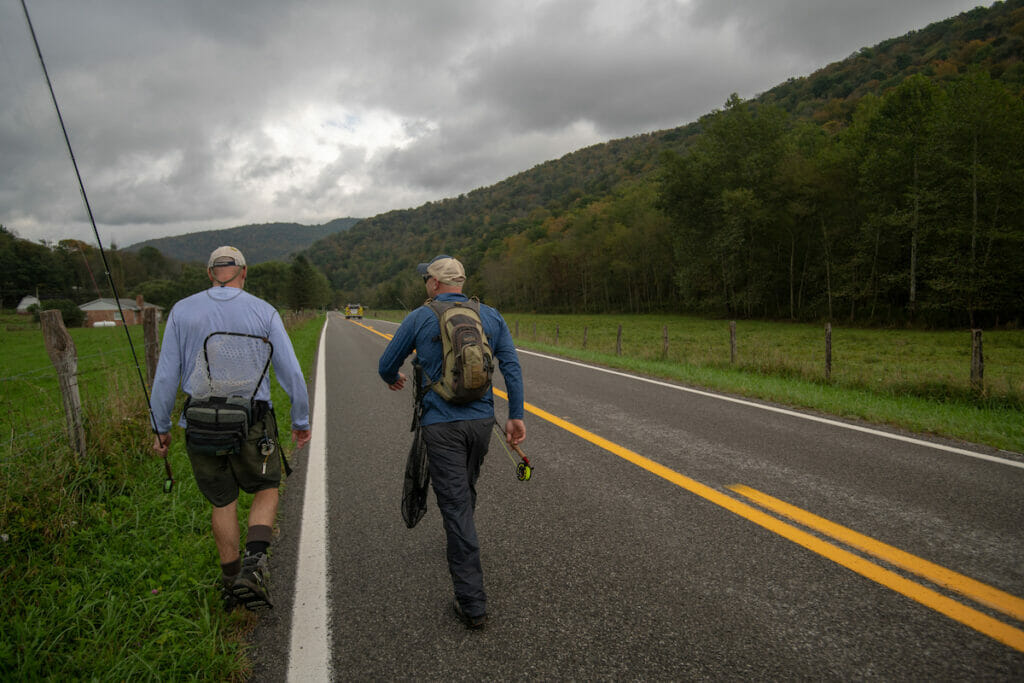
Already, TU has a hand in tens of millions of dollars in BIL projects with the U.S. Fish and Wildlife Service, the U.S. Forest Service, the Bureau of Reclamation, and other partners. The work spans from Washington State and Alaska to West Virginia and North Carolina, and many places in between.
Reflecting back on the first year of the Bipartisan Infrastructure Law, here are just a few of the many significant projects and initiatives we’re tackling. So far—we’re just getting started.
Delaware River (New York)
One of the first agencies out of the gate after passage of the law was the U.S. Fish and Wildlife Service, and BIL funding is making it possible for us to work on three fish passage projects in the Upper Delaware watershed this year that will reconnect three miles of brook trout habitat. The funding is also setting the stage for a dam removal that will open up another 15 miles of habitat.
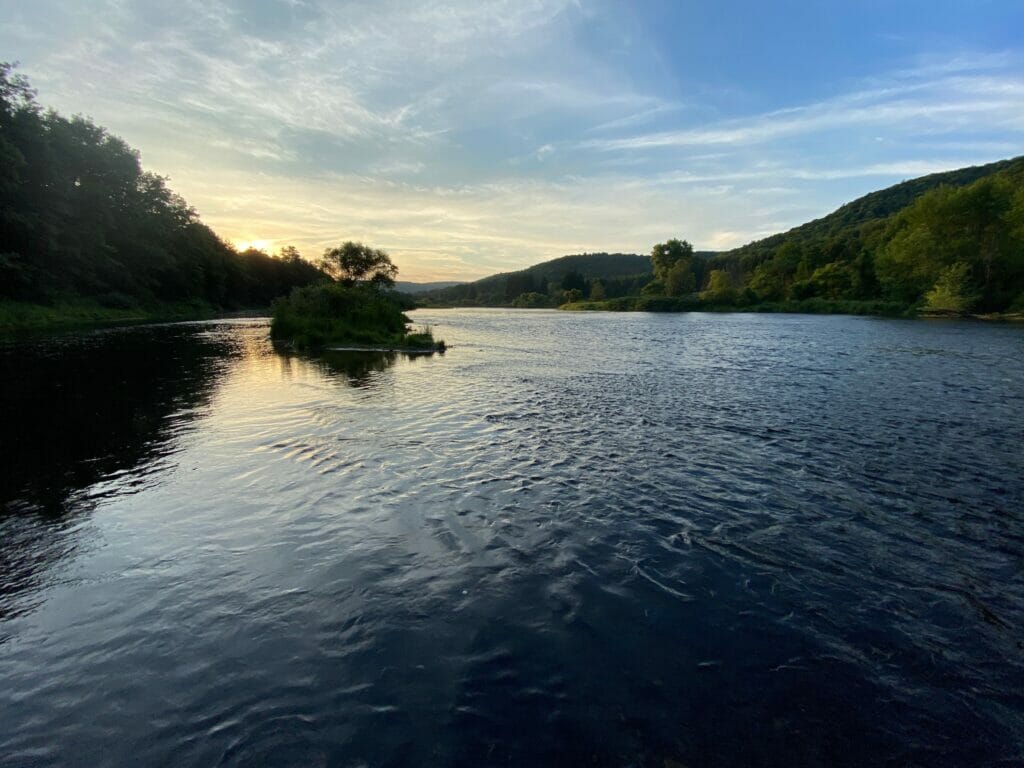
Upper Klamath River (Oregon)
On the Sprague River in the Upper Klamath Basin, where the Bootleg Fire burned last year, infrastructure funding is supporting TU’s work to install beaver dam analogs and other low-tech structures that will improve fish habitat for ESA-listed bull trout.
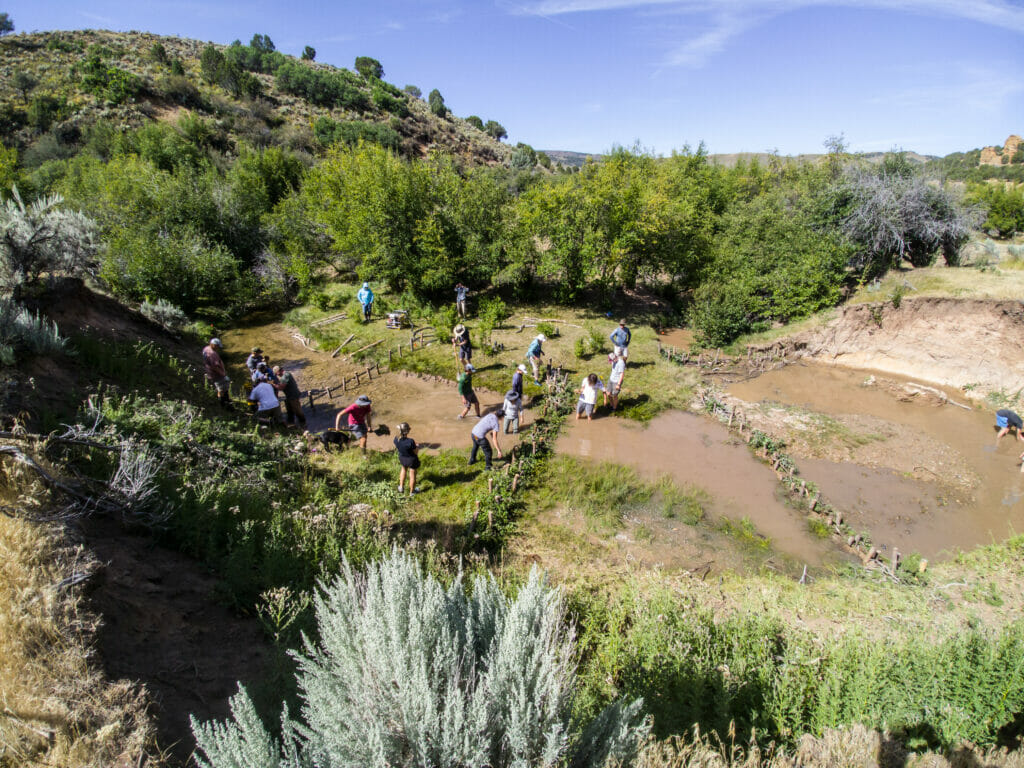
Upper Clark Fork River (Montana)
Alongside a host of state and local partners, and with support from the U.S. Fish and Wildlife Service and U.S. Forest Service, we are reopening 64 miles of crucial habitat for native bull trout and westslope cutthroat trout in high-elevation tributaries of the Clark Fork. These projects will allow native trout to access headwater tributaries where stream temperatures remain cool even during warm summer months.
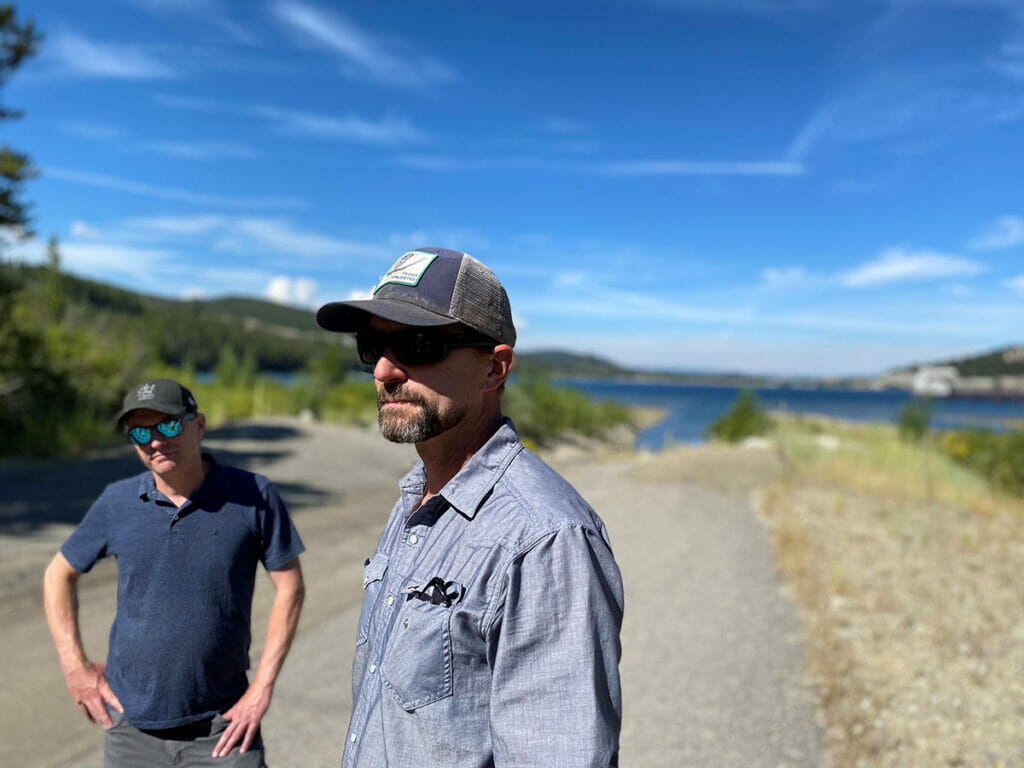
Upper Bear River (Wyoming and Utah)
A unique variety of Bonneville cutthroat trout call the Bear River home and migrate exceptional distances throughout the river system in search of cool water and suitable habitat. With funding from the U.S. Fish and Wildlife Service and the U.S. Forest Service, and through partnerships with the Western Native Trout Initiative and local landowners, we are upgrading and improving irrigation diversions to remove barriers to fish migration and reconnect 45 miles of important habitat.
Salmon SuperHwy (Oregon)
Building on long-standing partnerships with an array of federal, state and local entities, we are accelerating our work to reopen 180 miles of salmon habitat along a network of coastal streams in northwest Oregon. By replacing undersized and failing culverts with bridges and larger culverts, we are reconnecting habitat for salmon, including ESA-listed coho salmon, and creating roadways able to withstand the region’s frequent floods.
Potomac River headwaters (West Virginia, Virginia and Maryland)
We’re removing 17 barriers and reconnecting more than 195 miles of native brook trout habitat in the headwaters of the Potomac, our Nation’s River. This work expands on a more than 15-year-long effort to reconnect high-quality streams and improve stream crossings that are starting to fail and wash out.
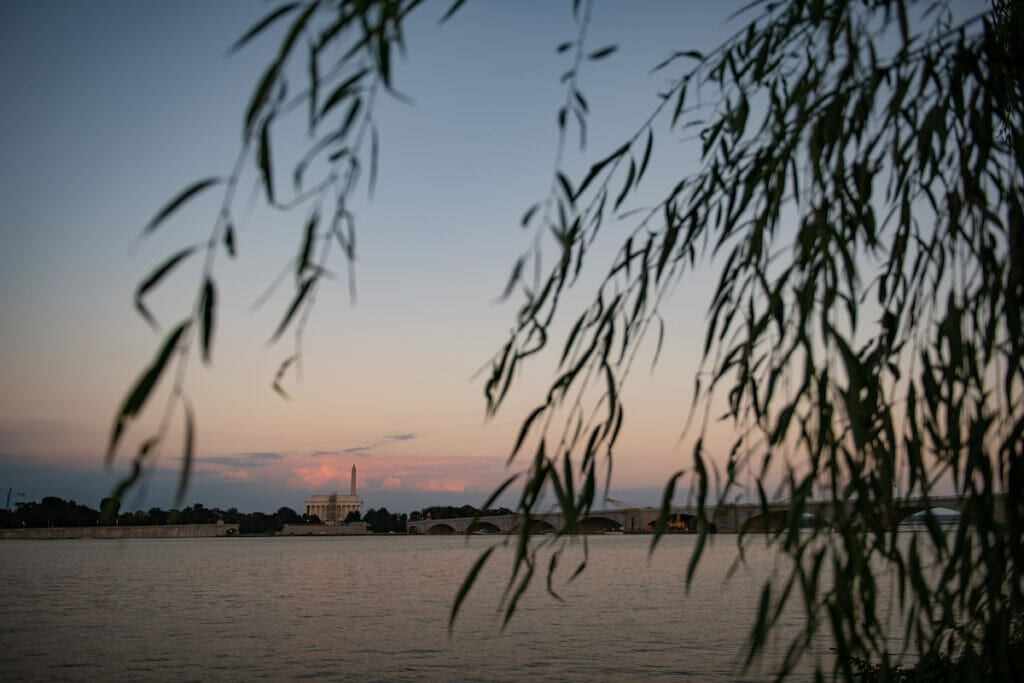
Weber River (Utah)
Many western states are getting dryer and hotter, with historic droughts becoming commonplace. With funding from the Bureau of Reclamation’s WaterSMART program, we are constructing beaver-dam analogs to improve drought resiliency and riparian health, modernizing irrigation diversions to reconnect key habitats, and reconstructing side-channel and floodplain habitat to improve mainstem habitat for trout and other wildlife.
These projects are just a few of the many we’ve taken on over the past year, and are just the start to what we can accomplish through the Bipartisan Infrastructure Law.
This week, TU and the U.S. Forest Service announced a brand-new restoration initiative that will invest $40 million in BIL funds over five years on our national forests and grasslands to remove barriers to fish migration, promote climate resiliency and clean water through stream restoration, and reclaim abandoned mine lands. This new initiative will allow us to take on new and exciting restoration projects in all corners of the national forest system and across the entire country.
Working together, this is an opportunity like none other to make our waterways, environment and infrastructure stronger, more resilient, and better able to adapt to the future.
Austin Williams is Alaska director of law and policy, and TU’s infrastructure lead.


